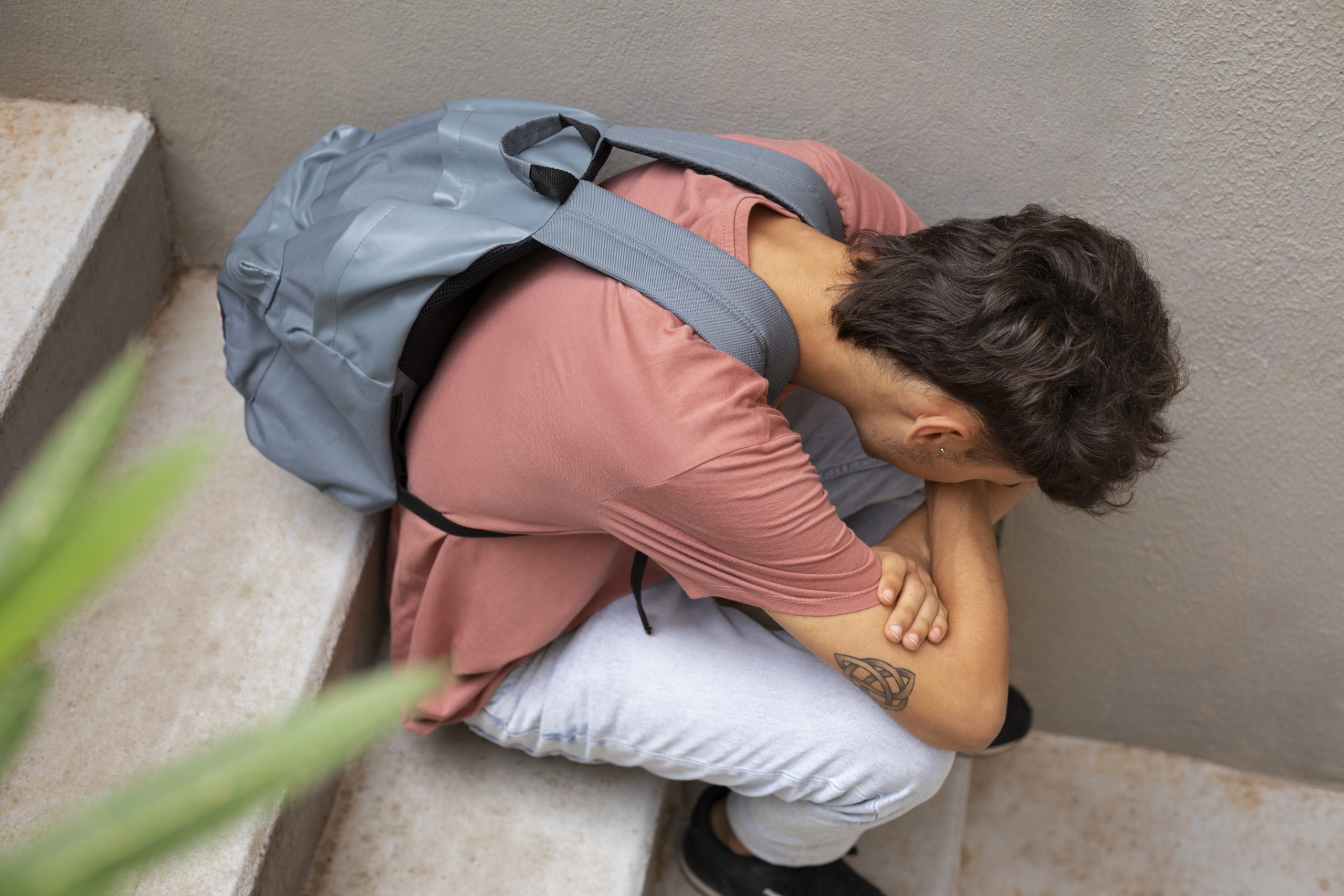

Access to brief admission through self-referral reduced the requirement for emergency care in teenagers who were committing serious self-harm. The method was previously developed for adults, and a study lead by Lund University academics has now investigated if the method may also be utilized for children and young people. The findings have been published in The Lancet Psychiatry.
The majority of children and adolescents who are treated for psychiatric disorders are not admitted to a hospital. When a person’s situation does not stabilize or when the risk of self-harm or suicide is high, they may require more thorough care. At a time when demand for child psychiatry is strong, research reveals that early therapies are helpful in delaying disease progression.
Researchers from Lund University and the Department of Child and Adolescent Psychiatry in Region Skne, Sweden, studied if the patient-initiated admissions method, which was previously introduced and evaluated in adult psychiatry, might be utilized for children and adolescents.
The study comprised a total of 63 participants. All were between the ages of 13 and 17 and met at least three of the nine criteria for borderline personality disorder. The participants had previously been admitted for psychiatric emergency care or had visited an emergency room at least once in the previous six months. The researchers monitored the cohort for slightly over a year (a median average of 13.5 months) and looked at how many emergency visits, hospitalizations, and days of care the patients received during that time.
“We saw that brief admissions by self-referral can successfully be introduced as a complement within child and adolescent psychiatry and that it seems to be an effective method for adolescents. For participants in the study, the need for acute visits, admissions and longer treatment periods was reduced,” says Olof Rask, researcher at Lund University, consultant within child and adolescent psychiatry in Region Skåne and one of the researchers behind the study.
The strategy allows the adolescents to select when they require treatment. First, a contract is drafted between the teenager, guardians, psychiatric outpatient, and inpatient units, outlining what will lead to admission. The agreement also specifies how the patient wants staff to respond throughout the self-referral admission, which typically lasts one to three days.
“This concerns a very vulnerable group of adolescents who have often previously experienced an authoritarian psychiatric care when they have wanted to be admitted but not been, or admitted against their will—something that sometimes, through the various kinds of restrictions applied, risks escalating the self-harming behavior and worsening well-being further.
“With self-referral admission, the patients’ autonomy and sense of control are strengthened. When they call the psychiatric emergency unit, they are welcomed and there is a trust and predictability in the way they are received. That creates a feeling of safety,” says Björn Axel Johansson, researcher at Lund University, consultant physician at Region Skåne and the first author of the study.
A questionnaire survey was administered to the 46 teenagers in the study who employed self-referral admittance, and they were asked to rate their experience on a scale of one to nine. The average was an eight.
Girls made up the majority of the group (95%).
“This kind of problem affects girls more often than boys, but that means that it is not as easy to generalize the results for boys. To do so will require a multi-center study with the opportunity to include more participants in the study. We hope that more clinics will be able to start using this method, since the results indicate that it may be a help for this group of adolescents,” says Olof Rask.
The researchers also discovered that the strategy might save roughly SEK 10,000 per patient per month.
With the findings of this investigation, it will be possible to move forward with forward-thinking randomized controlled trials.
“Self-referral admissions could mean reduced suffering for these vulnerable children and adolescents, who thanks to this method feel that they have more control over their situation. The method may make things easier, also for key people around the patient, firstly parents and siblings, who can experience hope when the situation calms,” says Björn Axel Johansson.
more recommended stories
 Fat-Regulating Enzyme Offers New Target for Obesity
Fat-Regulating Enzyme Offers New Target for ObesityKey Highlights (Quick Summary) Researchers identified.
 Spatial Computing Explains How Brain Organizes Cognition
Spatial Computing Explains How Brain Organizes CognitionKey Takeaways (Quick Summary) MIT researchers.
 Gestational Diabetes Risk Identified by Blood Metabolites
Gestational Diabetes Risk Identified by Blood MetabolitesKey Takeaways (Quick Summary for Clinicians).
 Phage Therapy Study Reveals RNA-Based Infection Control
Phage Therapy Study Reveals RNA-Based Infection ControlKey Takeaways (Quick Summary) Researchers uncovered.
 Pelvic Floor Disorders: Treatable Yet Often Ignored
Pelvic Floor Disorders: Treatable Yet Often IgnoredKey Takeaways (Quick Summary) Pelvic floor.
 Urine-Based microRNA Aging Clock Predicts Biological Age
Urine-Based microRNA Aging Clock Predicts Biological AgeKey Takeaways (Quick Summary) Researchers developed.
 Circadian Control of Neutrophils in Myocardial Infarction
Circadian Control of Neutrophils in Myocardial InfarctionKey Takeaways for HCPs Neutrophil activity.
 E-Cigarette Use and Heart Attack Risk in Former Smokers
E-Cigarette Use and Heart Attack Risk in Former SmokersKey Takeaways for Clinicians and Nurses.
 36-Week Pre-eclampsia Screening May Reduce Term Risk
36-Week Pre-eclampsia Screening May Reduce Term RiskA New Preventive Strategy for Term.
 Cardiovascular Risk and Sudden Cardiac Death in Diabetes
Cardiovascular Risk and Sudden Cardiac Death in DiabetesRising Sudden Cardiac Death (SCD) Risk.

Leave a Comment